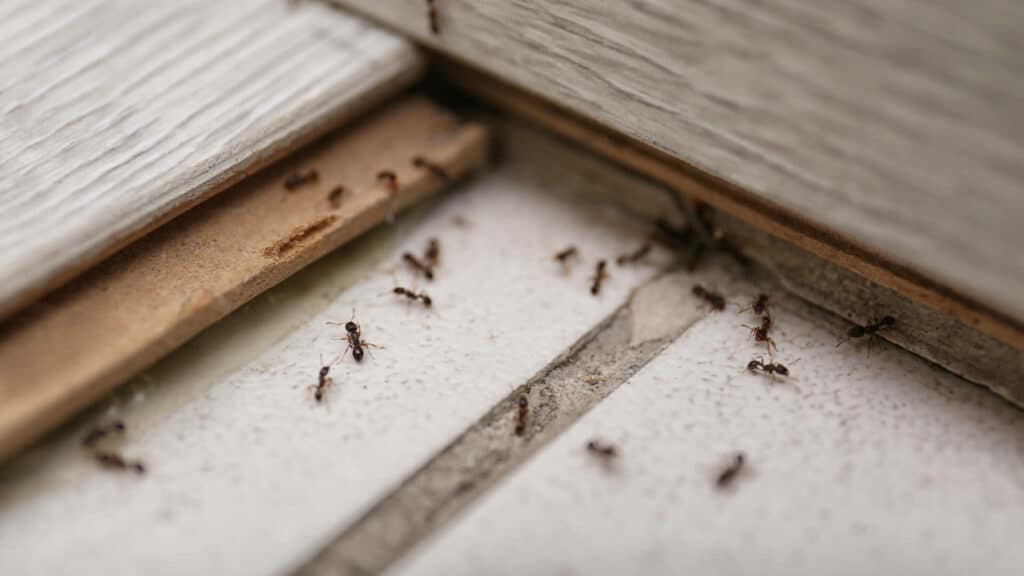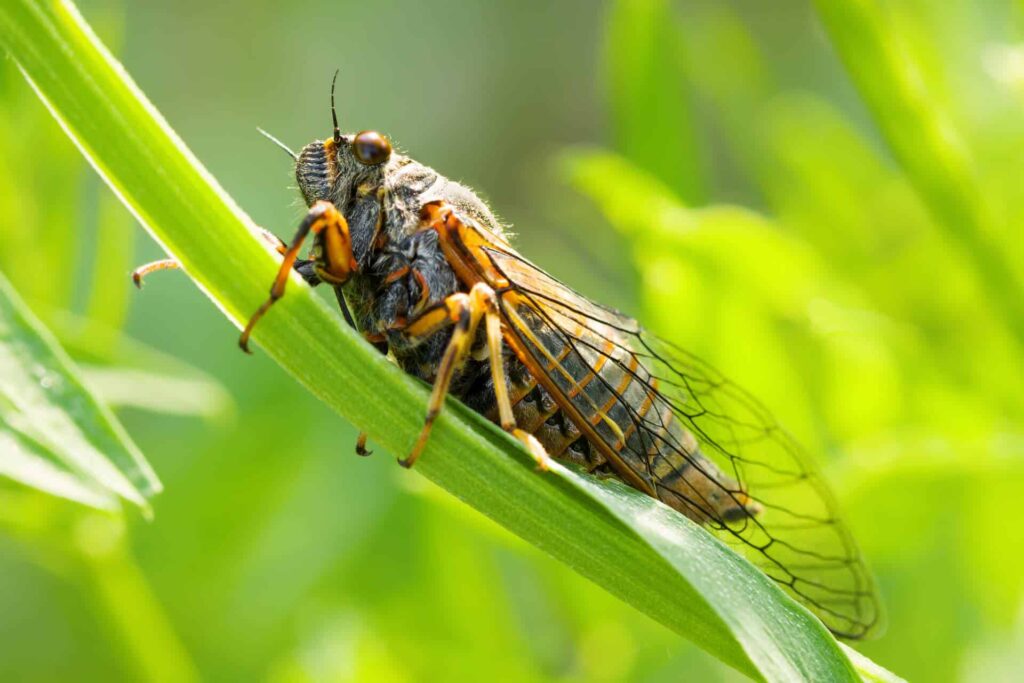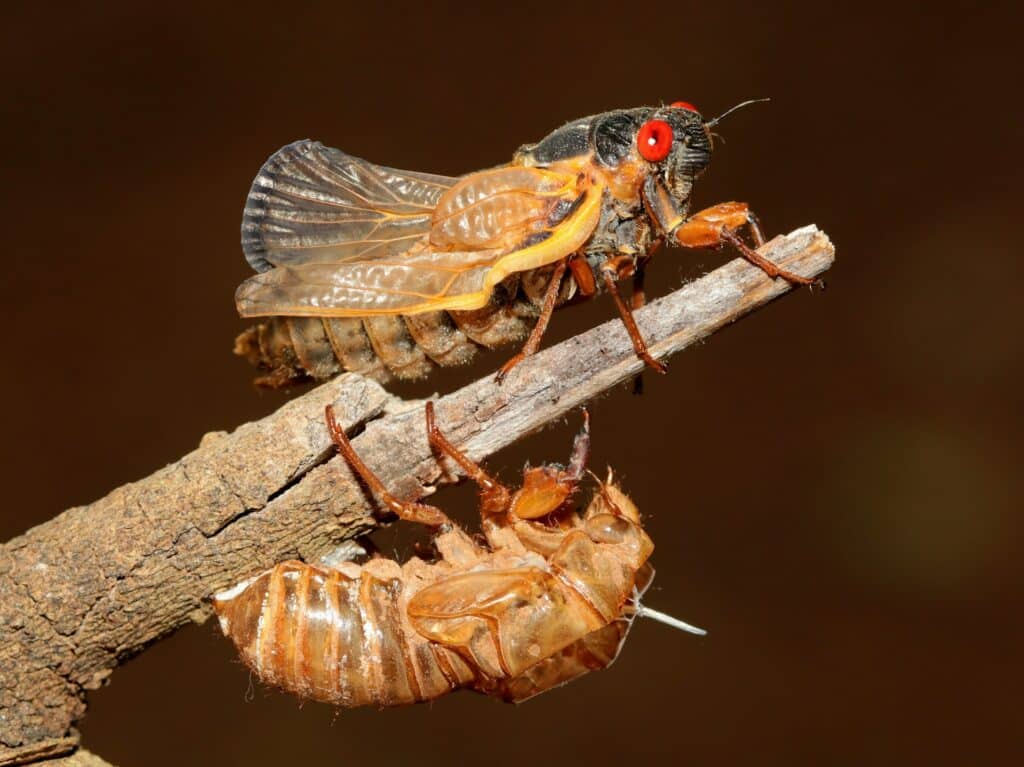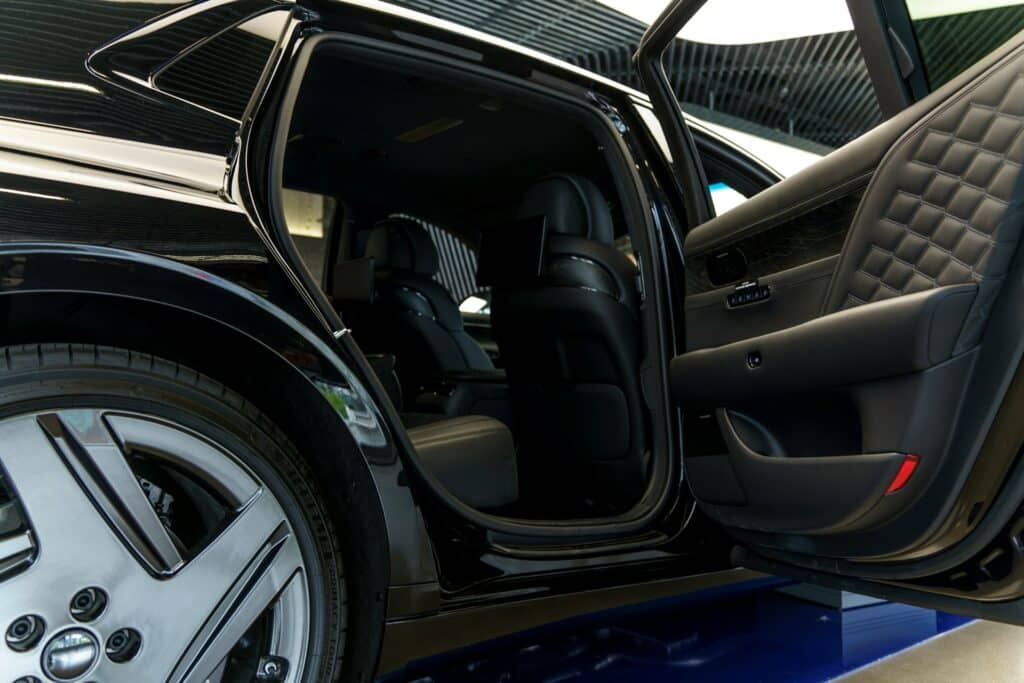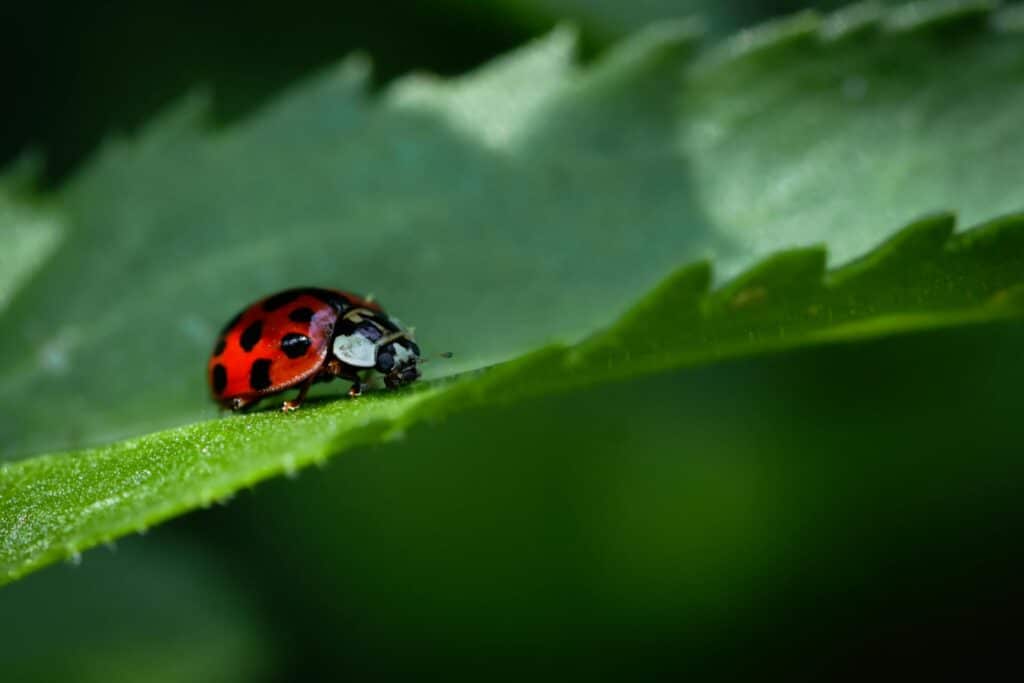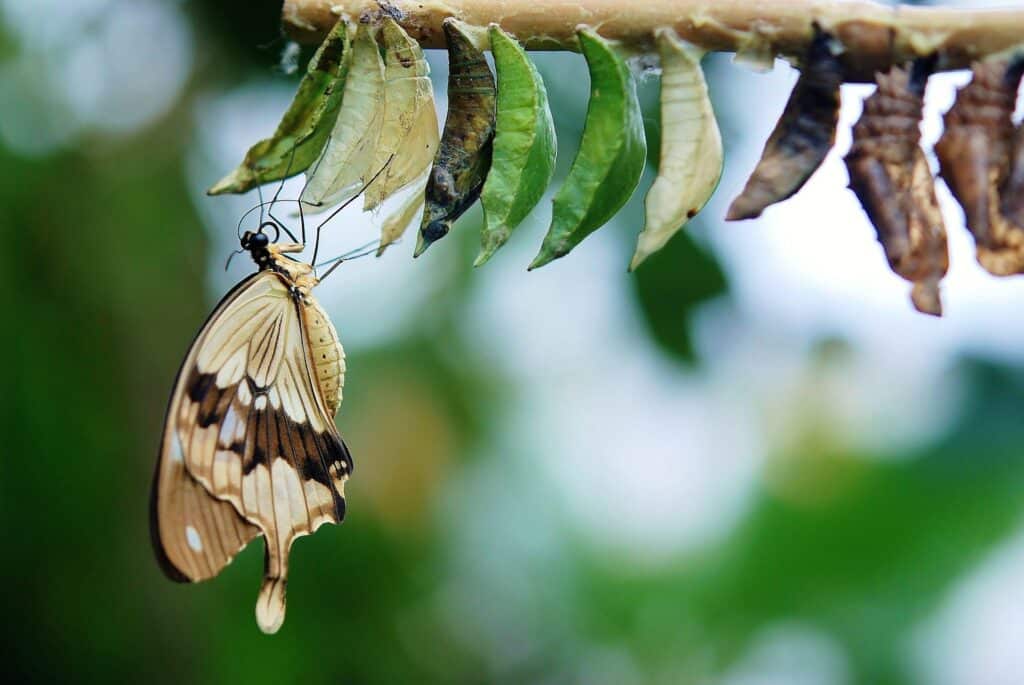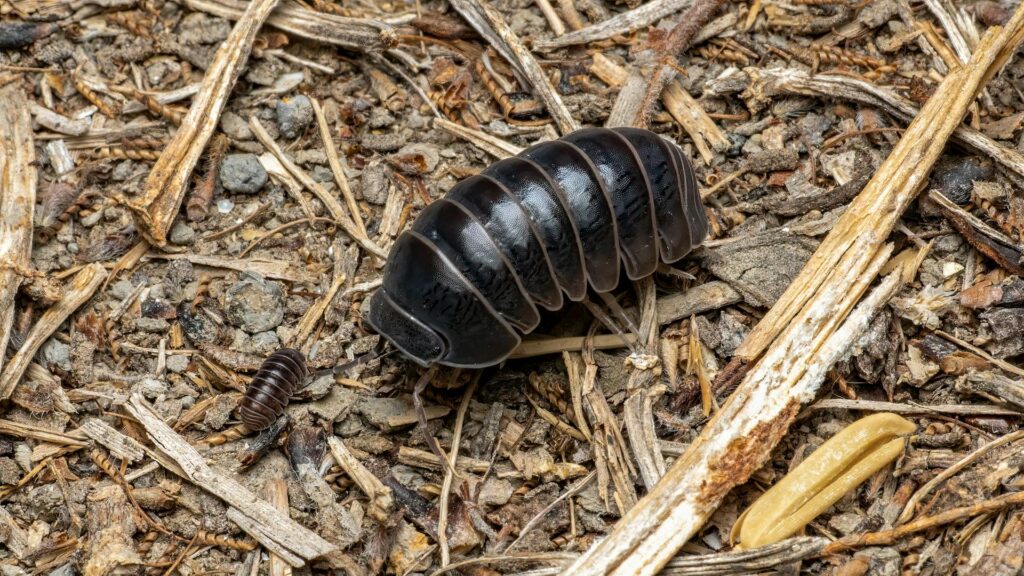Storage periods create the perfect storm for pest invasions. RVs and marine vessels sit idle for months, often in less-than-ideal conditions, providing exactly what pests seek: shelter, darkness, and undisturbed spaces to establish their presence. Whether you’re storing your recreational vehicle in a covered facility, your backyard, or a marina, understanding how to implement effective pest prevention tips can save you time, money, and frustration when you’re ready to hit the road or water again.
The challenge isn’t just about keeping pests out during storage; it’s about creating an environment so unwelcoming that they never consider your boat or RV as potential real estate in the first place. This means thinking like a pest and addressing every factor that makes your vehicle attractive to them.
What Makes Boats and RVs Attractive to Pests?
Recreational vehicles present unique challenges when it comes to pest control because they combine many elements that pests find irresistible. Unlike your home, which you occupy regularly and where pest activity is quickly noticed, stored boats and RVs can harbor growing populations for months without detection.
The enclosed spaces in these vehicles create microclimates that many pests find ideal. Temperature fluctuations are less extreme inside than outside, providing stable conditions throughout changing seasons. Boats often retain moisture from their marine environment, while RVs may trap humidity from cooking, showering, or simply being closed up after use. This moisture creates perfect conditions for pests that thrive in damp environments.
Storage facilities and marinas often house multiple recreational vehicles in close proximity, creating pest superhighways where infestations can easily spread from one unit to another. Additionally, the materials used in boat and RV construction, including wood, fabric, insulation, and various plastics, provide both nesting materials and food sources for different types of pests.
The combination of food residue left behind after the last trip, standing water in tanks or systems, and dark, undisturbed spaces creates an all-inclusive resort for pests. Even microscopic crumbs or grease residue can sustain pest populations for extended periods.
Understanding Common Storage Pests
- Rodents top the list of storage pest concerns, with mice being particularly problematic due to their ability to squeeze through openings smaller than a dime. They’re drawn to the shelter and warmth that boats and RVs provide, and they can cause significant damage by chewing through wires, upholstery, and stored items. Rats, while less common, can cause even more extensive damage due to their larger size and stronger teeth.
- Insects present different but equally challenging problems. Cockroaches can establish colonies in hidden areas, feeding on organic matter and reproducing rapidly in favorable conditions. Carpet beetles attack natural fibers in upholstery and clothing, while moths target wool and other organic materials. Ants often follow scent trails to food sources and can establish satellite colonies within your vehicle.
- Spiders frequently move into unused spaces, building webs and establishing hunting grounds. While most species are more beneficial than harmful, their presence indicates that other insects are available as prey, suggesting a broader pest ecosystem within your stored vehicle.
- Stored product pests like grain beetles and flour moths can emerge from forgotten food items, spreading throughout the vehicle and contaminating other stored goods. These pests can remain dormant in dry goods for extended periods before emerging when conditions become favorable.
Pest Prevention Tips for Pre-Storage Deep Cleaning
The foundation of effective pest prevention begins with thorough cleaning before storage. This process goes far beyond basic tidying and requires systematic attention to areas where pests might find food, water, or nesting opportunities.
Start with a complete removal of all food items, including those in sealed containers. Even factory-sealed packages can harbor pest eggs or provide attractive scents that draw insects. Remove everything from cabinets, drawers, and storage areas, then vacuum each space thoroughly to eliminate crumbs and debris.
Clean all surfaces with appropriate cleaners, paying special attention to areas around cooking facilities, dining spaces, and anywhere food might have been consumed. Grease and food residue can persist in surprising places, including behind appliances, under cushions, and in storage compartments.
Address water systems by draining tanks, lines, and appliances according to manufacturer specifications. Standing water attracts many pests and can lead to mold growth that provides additional food sources for insects. Clean and dry all water-related components thoroughly.
Vacuum all upholstered surfaces, including cushions, mattresses, and carpeted areas. Use crevice tools to reach into seams and corners where pest eggs might be deposited. Consider steam cleaning fabrics if they’ve been exposed to moisture or organic spills.
Pest Prevention Tips for Moisture Control and Ventilation Management
Controlling humidity during storage represents one of the most critical pest prevention tips for recreational vehicles. Many pests require specific moisture levels to survive and reproduce, making moisture control an effective deterrent strategy.
Install moisture absorbers throughout your vehicle, focusing on areas prone to humidity buildup such as bathrooms, galleys, and sleeping areas. Desiccant products work continuously to remove moisture from the air, but they require periodic replacement or reactivation depending on the type you choose.
Create ventilation pathways that allow air circulation while preventing pest entry. Crack roof vents slightly and leave interior doors open to promote airflow. However, ensure all exterior openings are properly screened to prevent pest access while allowing ventilation.
Address condensation sources by insulating areas where temperature differences might cause moisture buildup. Windows, exterior walls, and metal surfaces often develop condensation that can attract pests and promote mold growth.
Strategic Sealing and Barrier Methods
Creating physical barriers represents the most reliable approach to pest exclusion during storage. This involves systematically identifying and sealing potential entry points that pests might exploit to access your vehicle’s interior.
Inspect and seal around all exterior penetrations, including utility connections, vents, exhaust pipes, and service access points. Use appropriate materials for each application, such as expanding foam for larger gaps, caulk for smaller cracks, and hardware cloth for areas requiring ventilation.
Pay particular attention to areas where different materials meet, as these joints often develop gaps over time. Roof-to-wall joints, window frames, and door seals commonly develop openings that provide pest access routes.
Interior Storage Organization Techniques
How you organize and store items within your recreational vehicle can significantly impact pest activity during storage periods.
- Store all organic materials in sealed containers made of materials that pests cannot chew through. This includes clothing, linens, paper products, and any items containing natural fibers. Hard plastic containers with tight-fitting lids provide better protection than cardboard boxes or fabric storage solutions.
- Elevate stored items off floors and away from walls when possible. This practice eliminates hiding places while making it easier to detect pest activity when you return.
- Use wire shelving or plastic platforms to create air circulation around stored items.
- Organize storage areas to allow easy inspection and cleaning access.
- Avoid cramming items tightly together, as this creates the dark, undisturbed environments that many pests prefer.
- Leave clear sight lines and access routes throughout storage areas.
- Rotate stored items periodically if you access your vehicle during storage season. Moving and inspecting stored goods disrupts any pest activity and allows early detection of problems before they become established infestations.
Pest Prevention Tips for Exterior Protection and Perimeter Management
- Maintain clear zones around your stored vehicle by removing vegetation, debris, and other materials that might harbor pests. Overgrown grass, leaf piles, and wood piles provide pest harborage that can lead to migration into your vehicle.
- Address drainage issues that might create standing water around your storage area. Poor drainage attracts mosquitoes and other moisture-loving pests while contributing to overall humidity problems that can affect your vehicle’s interior environment.
- Consider the placement of your vehicle within storage facilities or on your property. Avoid locations immediately adjacent to dumpsters, compost areas, or other pest attractants. Similarly, consider prevailing winds and weather patterns that might drive pests toward your storage location.
- Inspect and maintain any covering systems you use to protect your vehicle. Covers should fit properly and be maintained in good condition to prevent them from creating pest harborage areas while still providing weather protection.
When to Call a Professional
Persistent problems despite implementing multiple pest prevention measures suggest that underlying issues may require professional diagnosis and treatment. Recurring infestations often indicate that attractants or entry points are being overlooked in DIY approaches.
Evidence of structural damage from pest activity requires immediate professional attention to prevent further deterioration and address the source of the problem.
Large-scale infestations or multiple pest species indicate complex problems that typically require professional expertise. These situations often involve interconnected issues that are difficult to address comprehensively without specialized knowledge.
Unknown pest species or unusual activity patterns warrant professional identification and species-specific treatment recommendations. Different pests require different approaches, and misidentification can lead to ineffective treatment strategies.
At Aptive, our technicians can assess your specific storage situation, identify potential problems, and develop customized prevention strategies that address your vehicle’s particular vulnerabilities. Our pest control solutions focus on addressing the root causes of pest problems rather than simply responding to infestations after they develop. Reach out now to get your free quote and get started!
FAQs About Boat and RV Storage Pest Prevention
Here are some frequently asked questions about boat and RV pest prevention.
Q: How often should I inspect my stored recreational vehicle during the off-season?
Inspection frequency depends on your storage environment and local pest activity levels. In areas with high pest pressure or during peak activity seasons, monthly checks provide the best early detection opportunities. For vehicles stored in controlled environments or during cooler months, quarterly inspections may be sufficient. Always increase inspection frequency if you notice any signs of pest activity or if storage conditions change due to weather or facility modifications.
Q: What should I do if I discover pest activity during a storage inspection?
Document the type and extent of activity you observe, then take immediate action. Remove any food sources or nesting materials you find and identify how pests are gaining access to address entry points. If activity appears limited, implement additional pest prevention tips like increased ventilation, fresh moisture absorbers, and enhanced sealing. However, if you find extensive damage or large populations, this indicates the need for professional intervention to prevent further deterioration.
Q: Can extreme temperature changes during storage actually help control pest populations?
Temperature fluctuations can impact some pest species, but counting on weather patterns for pest control isn’t reliable. Many pests that target stored recreational vehicles are adapted to survive temperature variations and may actually seek out your vehicle’s more stable interior environment during extreme weather. Instead of depending on natural temperature changes, focus on creating consistently unwelcoming conditions through proper moisture control, elimination of food sources, and physical exclusion methods that work regardless of seasonal weather patterns.
